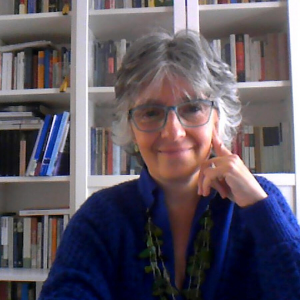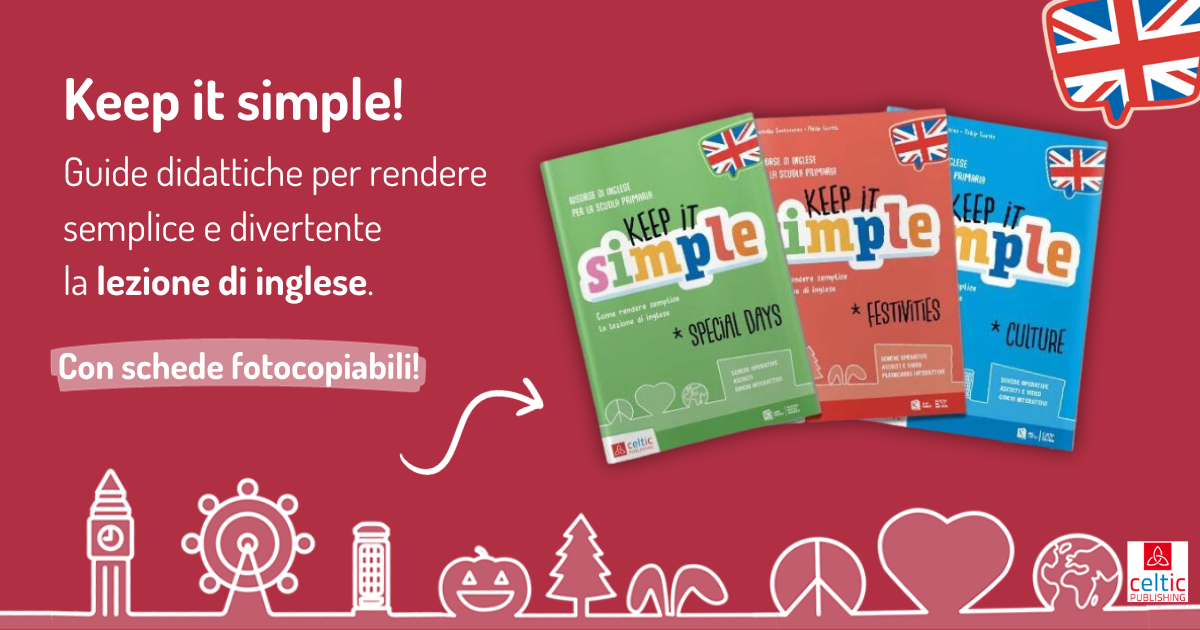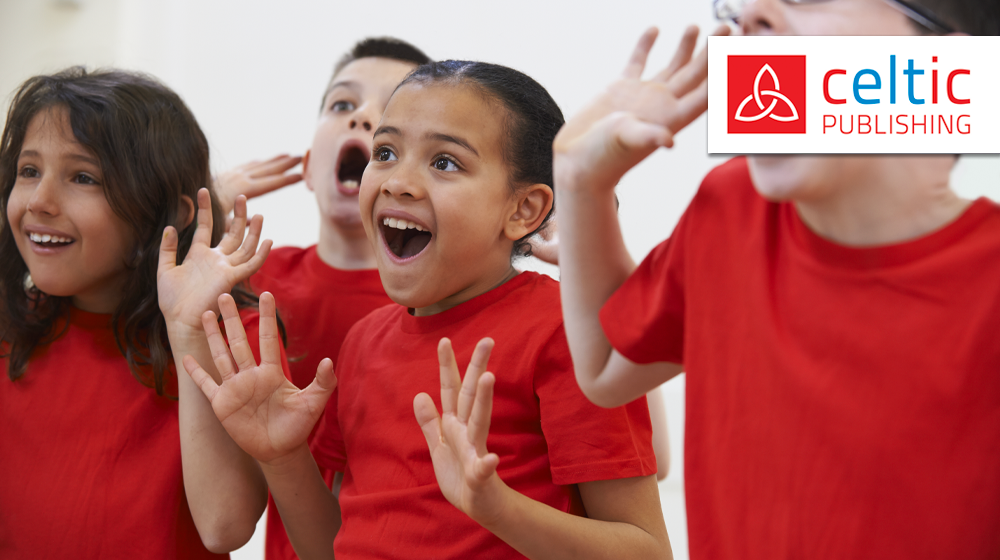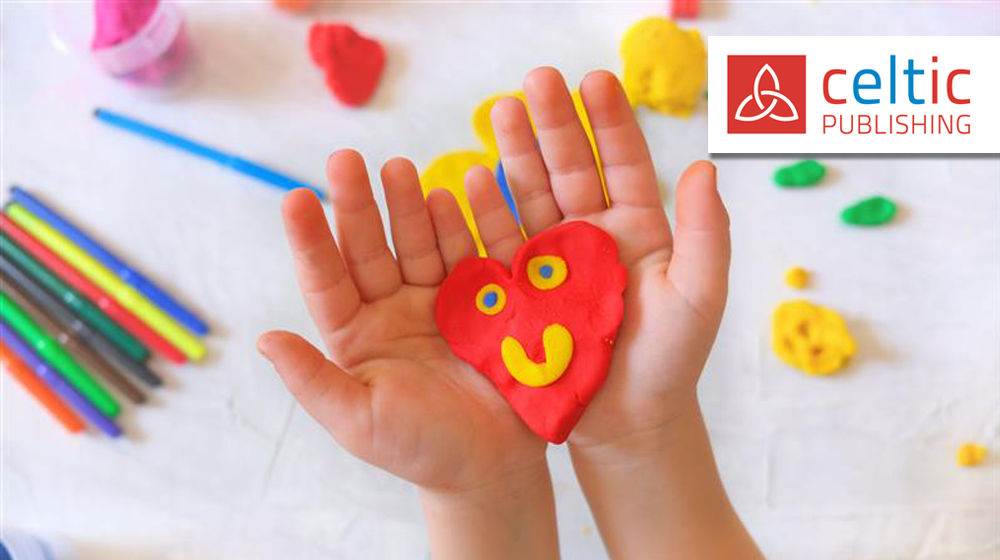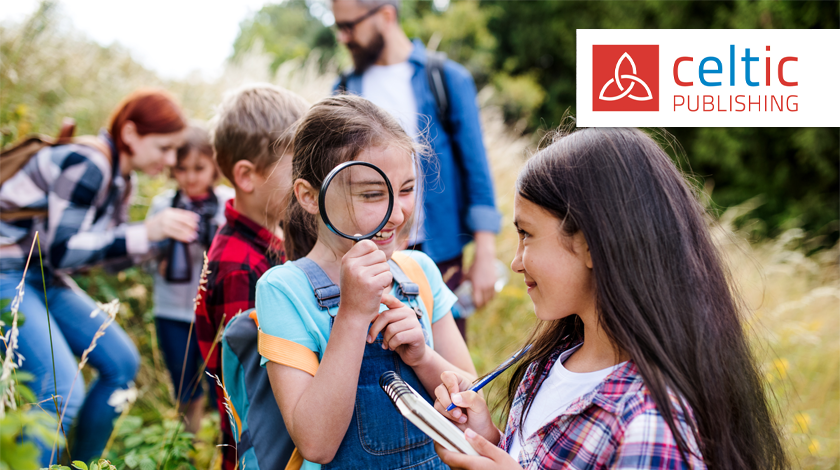Let's CLIL!
An all-round inclusive approach
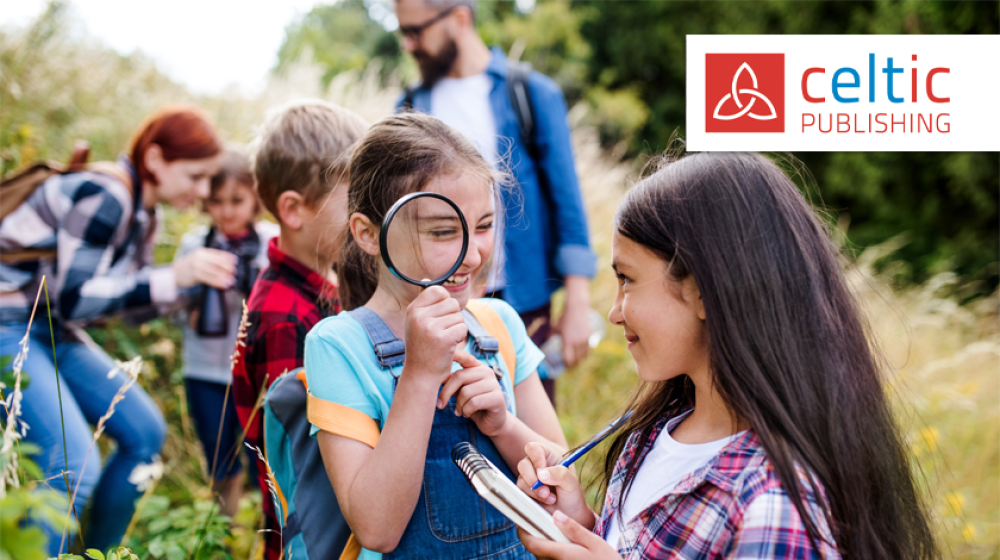
Let's CLIL! - An all-round inclusive approach
CLIL in primary school represents an approach that not only involves the in-depth study of interdisciplinary contents but is above all a means of developing educational projects that combine different group work giving children the opportunity of acquiring "chunks of language" through workshop activities.
CLIL teaching is mainly made of playful-creative techniques, activities to develop critical thinking and cooperative learning. Often, CLIL activities are developed around a real-life task that involves students personally.
These characterizing elements make it an all-round inclusive approach.
A CLIL lesson is never frontal but rather a concentration of project-based teaching (task-based) that supports the "real" and immediate use of the foreign language, guided by the teacher, with a view to cooperation and teamwork.
Furthermore, in line with the principle of “learning by doing”, CLIL can considerably increase motivation, responsibility and self-esteem as children often make decisions about why, how and when to do certain things. Last, but not least, children find themselves understanding, along the way, that English is not simply a school subject but rather a means of communicating and expressing themselves.
If you are curious and want to know how to run and design communicative, inclusive and cooperative projects using the CLIL approach for your primary classes, join us on Monday 13 November 2023 at 5.00 pm in the webinar “Let's CLIL! attività e contenuti per superare i limiti della lezione frontale” where I will illustrate a series of CLIL activities taken from our books and guides.
Looking forward to seeing you there! #savethedate
Mariana Laxague
VERSIONE ITALIANO
Let's CLIL! - Un approccio inclusivo a tutto tondo.
Il CLIL nella scuola primaria è un approccio metodologico che non solo prevede l'approfondimento di contenuti interdisciplinari, ma soprattutto lo sviluppo di progetti didattici che offrono ai bambini la possibilità di acquisire strutture linguistiche attraverso attività laboratoriali.
La didattica CLIL è composta principalmente da tecniche ludico-creative, attività di sviluppo del pensiero critico e di apprendimento cooperativo. Spesso, le attività CLIL si sviluppano intorno a un compito di realtà che coinvolge gli alunni in prima persona.
Questi elementi caratterizzanti fanno di esso un approccio inclusivo a tutto tondo.
Una lezione CLIL non è mai frontale, bensì un concentrato di didattica per progetti (task-based) che sostengono l’uso “reale” e immediato della lingua straniera, guidati dall’insegnante, in un’ottica di cooperazione e lavoro di squadra.
Inoltre, in linea con il principio dell’imparare facendo (“Learning by doing”), il CLIL può accrescere considerevolmente la motivazione, la responsabilità e l'autostima essendo i bambini spesso a prendere decisioni di perché, come e quando svolgere determinate cose. Per di più, i bambini si trovano a comprendere, strada facendo, che l’inglese non è semplicemente una materia scolastica, ma piuttosto un mezzo per comunicare e esprimere se stessi.
Se siete curiosi e volete sapere come fare a condurre e costruire progetti comunicativi, inclusivi e cooperativi usando l’approccio CLIL, vi aspetto lunedì 13 novembre 2023 alle 17:00 nel webinar “Let's CLIL! attività e contenuti per superare i limiti della lezione frontale” dove illustrerò una serie di attività CLIL tratte dai nostri testi e dalle nostre guide.
Non mancate! #savethedate
Mariana Laxague
